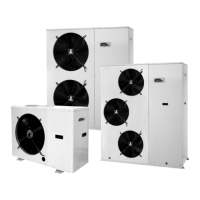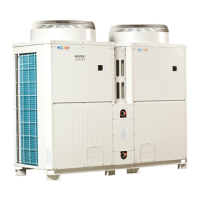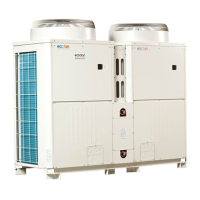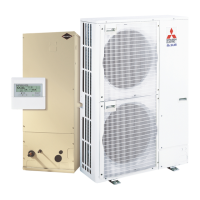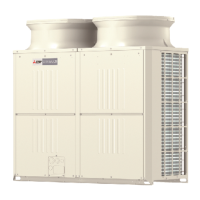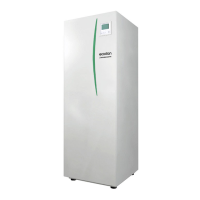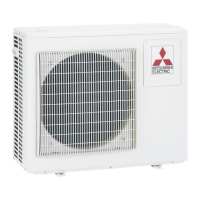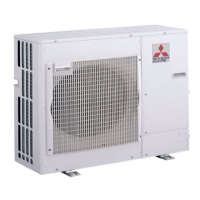How to troubleshoot a Mitsubishi Electric CLIMAVENETA BRAN2 0021M Heat Pump that doesn't start?
- RronaldjonesAug 15, 2025
If your Mitsubishi Electric Heat Pump isn't starting, begin by checking for a power failure to ensure voltage is present. If power is available, the contactor coil, HSW15 controller, or the start-up capacitor (if your unit has one) could be faulty and may need replacement. In some cases, the compressor itself may be faulty, or for three-phase units, the phases might be reversed.
